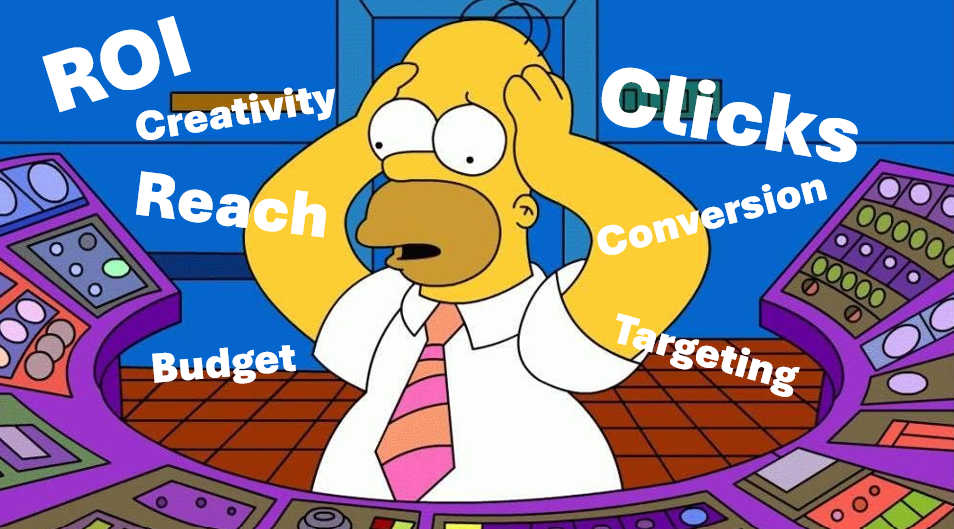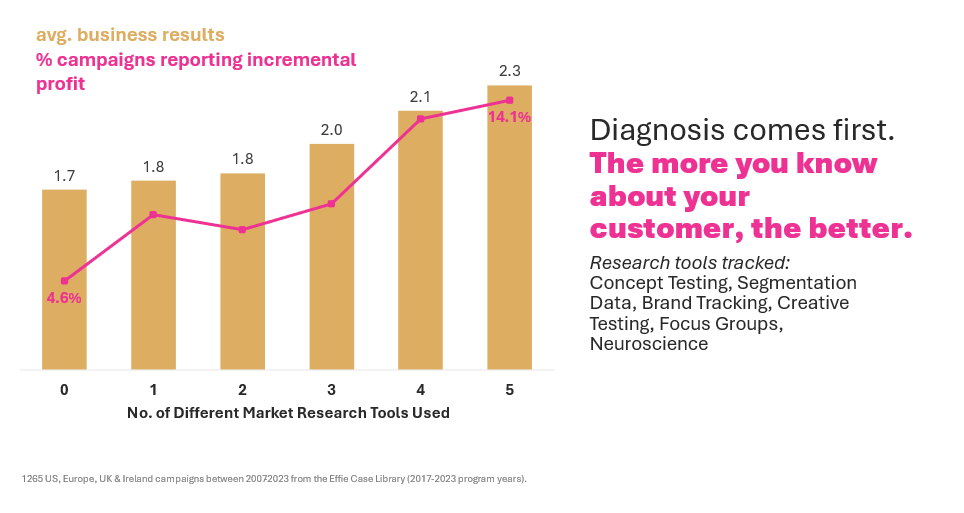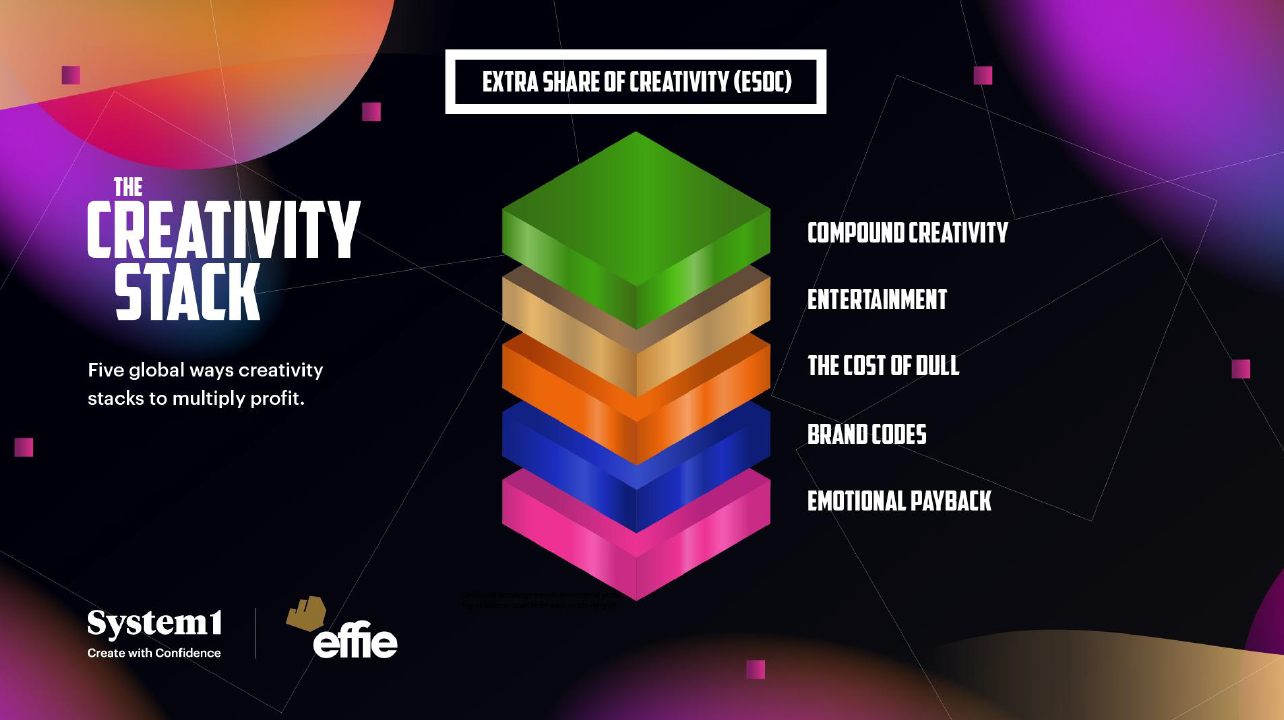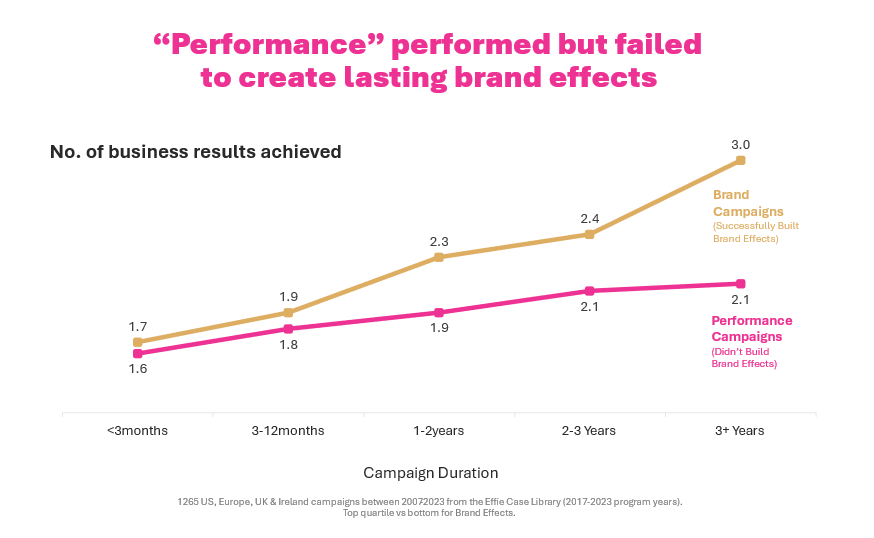The Creative Divid-End to Marketing Uncertainty

One of the biggest limitations in marketing today isn’t budget or timelines. It’s confidence.
In new research from System1 and Effie, we spoke to nearly 400 marketers across the globe. And what we found was striking: confidence levels are shaping marketing strategy more than we might like to admit.
Marketers with low confidence were more likely to focus on short-term metrics such as click-through rates, conversions, impressions and purchase frequency. In contrast, those with higher confidence focused on long-term business outcomes including profit growth, brand penetration and customer loyalty.
But the most revealing stat? Nearly half of all marketers see creativity as a risk.
That’s a problem. Because if creativity is seen as risky, the industry is building strategy on fear, not effectiveness.
Solving the Confidence Crash
To help restore confidence in creativity, System1 and Effie brought together two of the largest global creative quality databases. We analyzed over 1,200 campaigns tested with 200,000 real consumers to uncover what actually drives lasting success.
But let’s clear one thing up straight away.
Creative confidence doesn’t start with conversion rates or click-throughs. Paul Dyson showed this clearly when he ranked creative quality as the second most powerful profit multiplier. True creative confidence starts when you shift focus from campaign outcomes to business results.
And that shift begins with better diagnosis.
Campaigns that used more market research tools and took the time to understand their audience delivered higher levels of incremental profit and stronger average business performance. The takeaway is simple: the more you know about your customer, the better your work performs.
That should take some of the pressure off low-confidence marketers. Creativity doesn’t have to mean guesswork. Treat your audience like decision-makers, not targets. Insight is what builds impact.

The Creativity Stack
Before we get into the five ways creativity stacks to multiply profit, let’s quickly reframe what we mean by “long term.”
One of the biggest blockers to creative confidence is the perception that long-term impact is vague, distant and hard to measure. But that is not actually true. Long term does not mean 10 years from now. It simply means “lasting.”
When we split our campaign dataset by objective, performance versus brand, we saw something that surprised even us. Performance campaigns delivered short-term gains, no shock there. But so did brand campaigns. The difference was that brand campaigns paid back now and kept paying back well into the future.
It is not a choice between short- or long-term effectiveness. With strong creative you get both.
That is the power of the creativity stack. Done right, it compounds and that is where the real value lies.

At the root of our creativity multiplier, the stack that will save you from the sack, is emotional payback. This is not new news, but it is often neglected or deprioritized. I’m here to tell you this is where you should start: at the heart.
Emotional campaigns give brands a real competitive advantage by driving business effects and brand growth. At System1, we measure emotional impact using the Star Rating, a predictive metric of long term, or should I say lasting, impact. This rating is based on seven core universal human emotions plus neutrality.

And emotional advertising is not just about the long term. It’s a short-term safe bet too. High emotional campaigns achieve 21% more performance results in under a year.
But what does being emotional actually look like? Emotional advertising taps into broad attention by prioritizing characters, storytelling, communication and music.
If I wanted to feel happy, I wouldn’t go to my bathroom and start reading toothpaste instructions or comparing toilet roll prices online. No. I’d head outdoors, put on my headphones or hang out with friends.
To create emotion, stop acting like a salesman and start acting like a human being.
Creativity is only risky when it is disconnected from the very people it aims to connect with. So, as you set out to restore your creative confidence, start with the basics: diagnosis and consumer emotion, then build from there.
There’s Stacks More Where This Came From
To unlock how you can multiply your creativity even further, make sure to download the findings. Our research dives into strategies for maximizing brand codes, avoiding “dull” advertising, how to entertain and cut through, and the commercial power of being consistent.
Together, the creativity stack is a podium, a toolkit, and a gift to the industry. It bridges the confidence gap and helps you create with confidence for lasting payback.
